10 HIGHLY CANCEROUS VEGETABLES
VEGETABLES AND HOW TO EAT THEM SAFELY
Your Go-to Solution
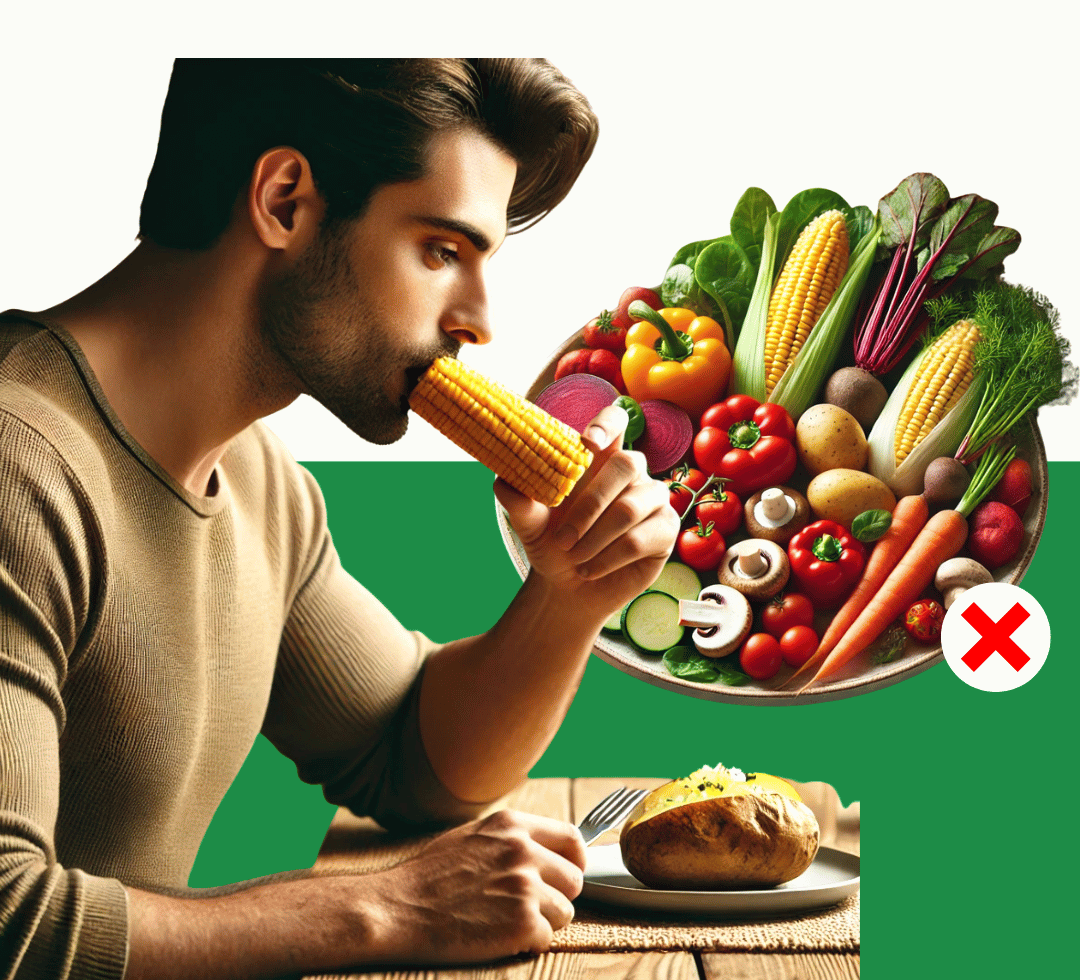
HELLO!
We’re thrilled to have you join us on this exciting journey toward a healthier, more vibrant you.
At Vital Life, we believe that everyone deserves access to effective health and wellness tips that are easy to integrate into everyday life.
Whether you’re looking to shed a few pounds, boost your energy levels, or simply maintain a balanced lifestyle, you’ve come to the right place!
In this eye-opening guide, we’ll reveal the truth about 10 highly cancerous vegetables and provide practical tips on how to eat them safely, empowering you to protect your health and well-being naturally.
Have you ever felt an unsettling anxiety as you contemplate your health, questioning if the foods you consume are truly nourishing or secretly damaging?
Imagine this: You’re sitting down to a beautiful, colorful plate filled with vegetables—each bite feels virtuous, each crunch seemingly healthful.
But what if I told you that some of these vegetables could actually be increasing your cancer risk?
Yes, it’s a shocking truth, and it’s time we confront it!
Today, we’ll explore the top ten highly cancerous vegetables that may be harming your health and provide practical solutions on how to consume them safely without triggering cancer risks.
Stay tuned, because by the end of this video, you’ll feel empowered to make choices that truly support your well-being!
In our fast-paced world, many of us have been led to believe that simply eating more vegetables is synonymous with good health.
However, have you noticed feelings of bloating, discomfort, or fatigue after consuming these “healthy” foods?
This sense of betrayal can be alarming! Understanding what’s on your plate is crucial; it can dramatically impact your health journey.
Now, let’s keep the suspense alive: What if I told you there are specific ways to prepare and consume these vegetables to minimize their potential risks while still reaping their benefits?
If you want to unlock the secret to enjoying these foods without compromising your health, stick around!
Let’s delve into our list of ten highly cancerous vegetables and discuss how you can eat them properly:
Potatoes
Risks: Potatoes can produce solanine when exposed to light, which may lead to digestive issues.
Solution:
Always store potatoes in a cool, dark place.
Peel them before cooking.
Opt for baking or boiling instead of frying, as this reduces acrylamide formation—a compound linked to cancer.
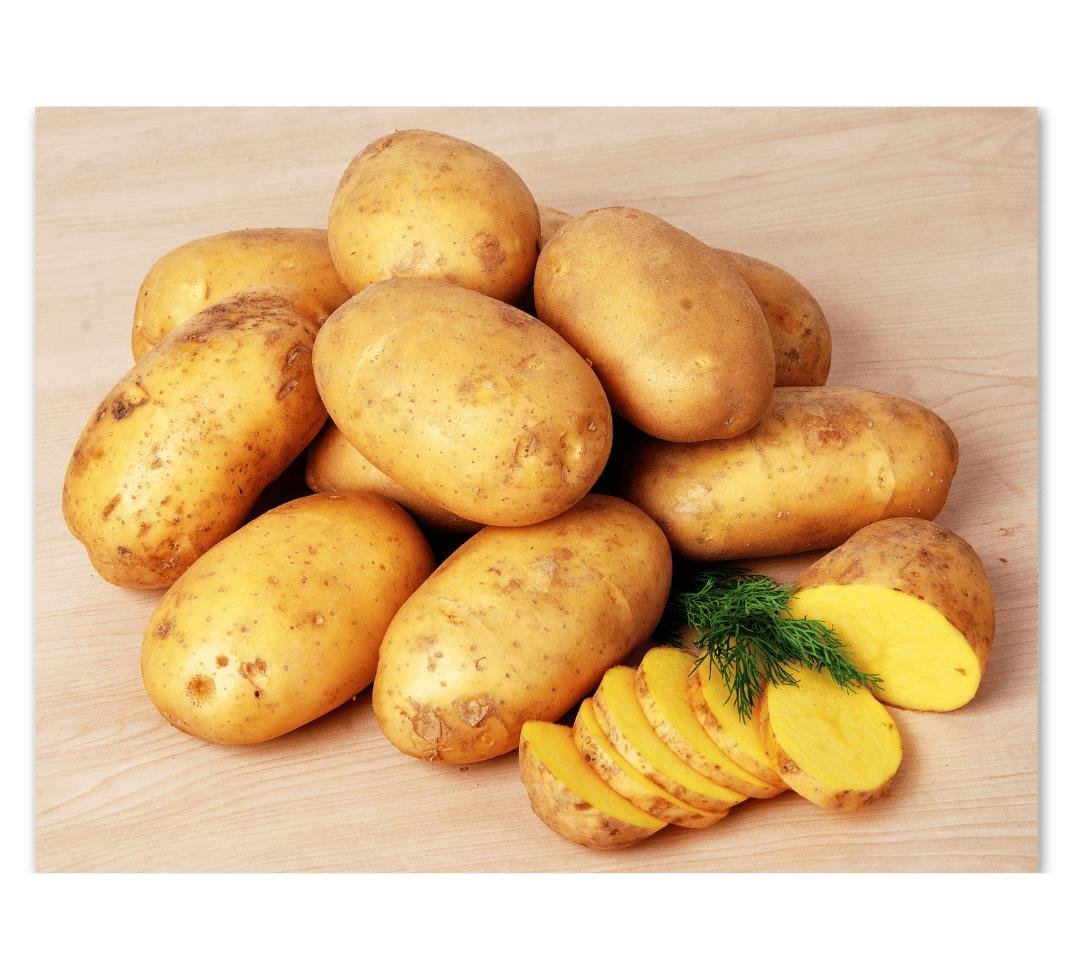
Tomatoes
Risks: While rich in lycopene, tomatoes are nightshades that can cause inflammation for some people.
Solution:
Choose organic tomatoes whenever possible to avoid pesticide exposure.
Cooking tomatoes can increase their lycopene content; consider making homemade tomato sauce or roasting them to maximize benefits while reducing inflammation.
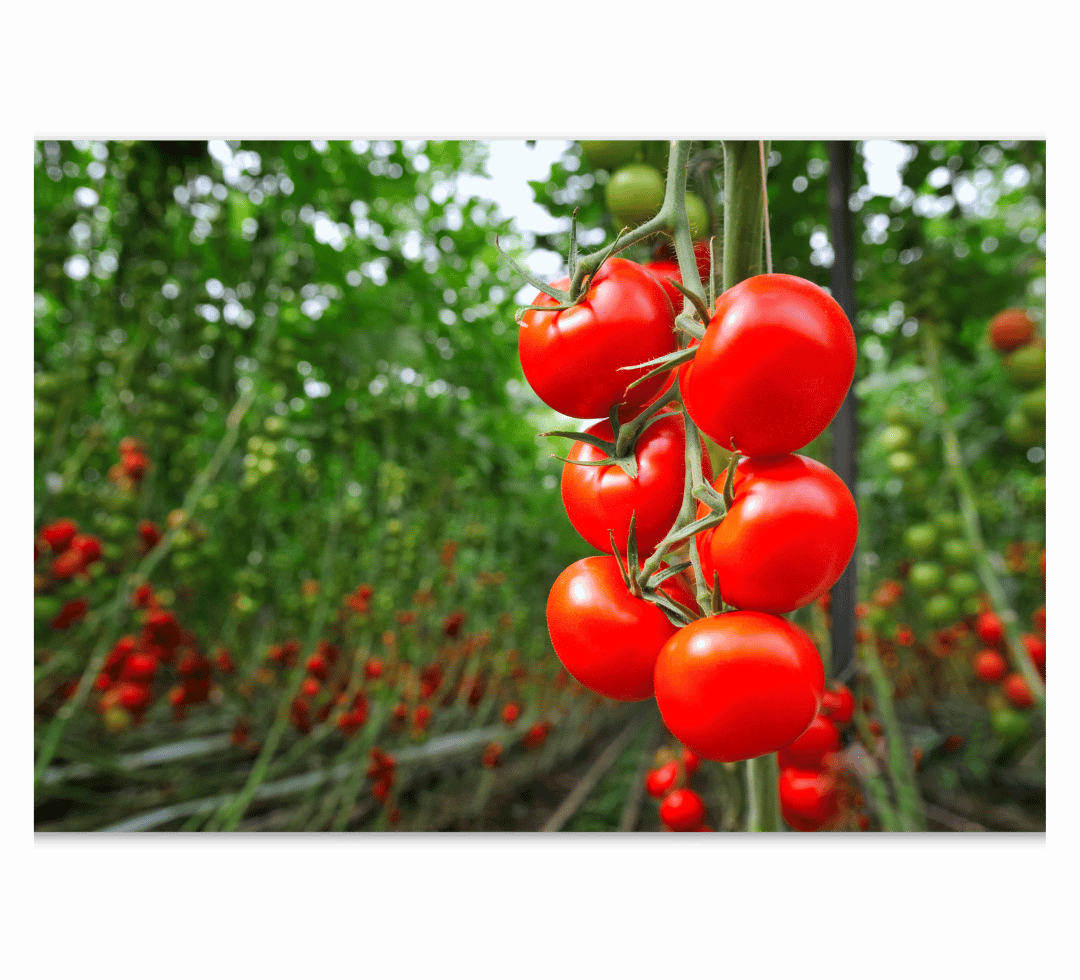
Corn
Risks: Often genetically modified and laden with pesticides, corn poses several health risks.
Solution:
Choose organic corn or limit consumption of processed corn products like corn syrup.
Enjoy fresh corn on the cob during its season or try air-popped popcorn as a healthier snack alternative.
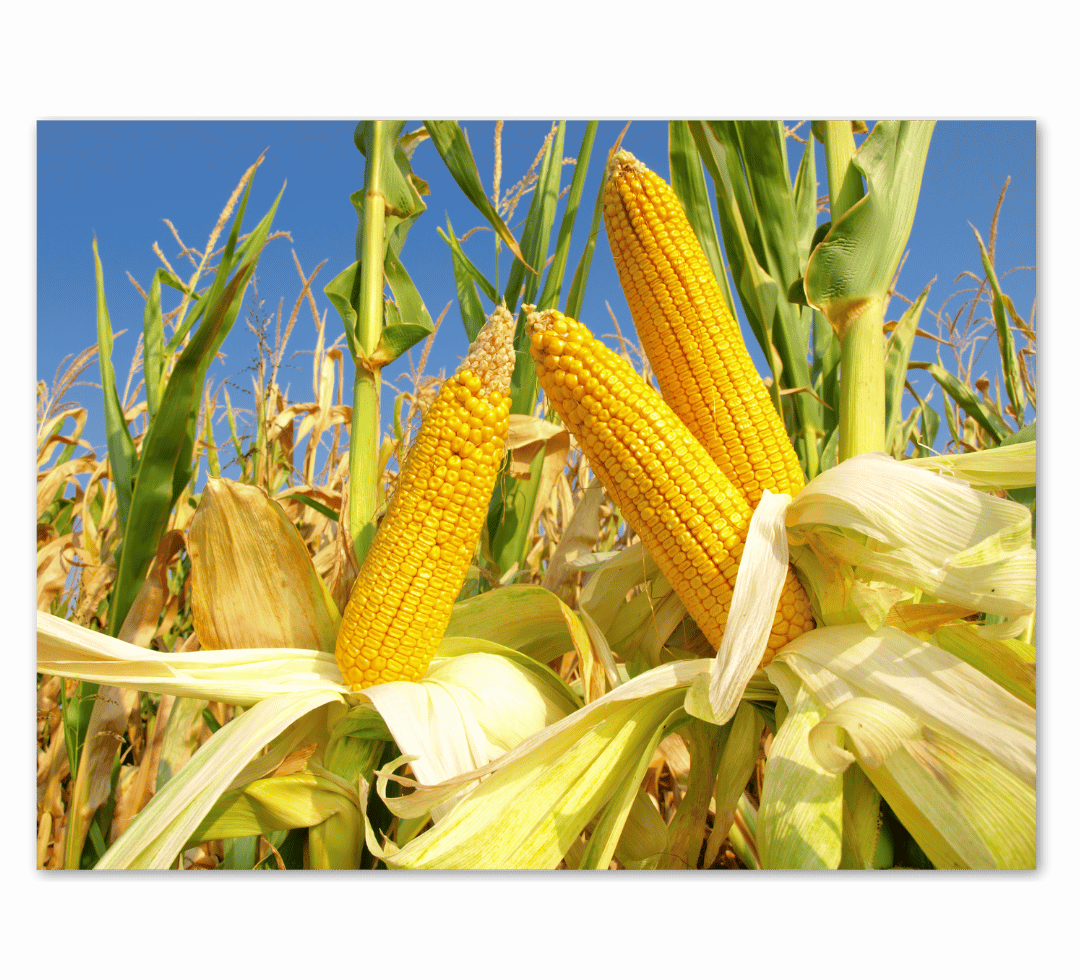
Beets
Risks: Beets are high in natural sugars that can spike insulin levels.
Solution:
Moderation is key! Enjoy beets cooked or pickled rather than raw, as cooking can reduce some sugar content.
Combine them with high-fiber foods like leafy greens to balance blood sugar levels.
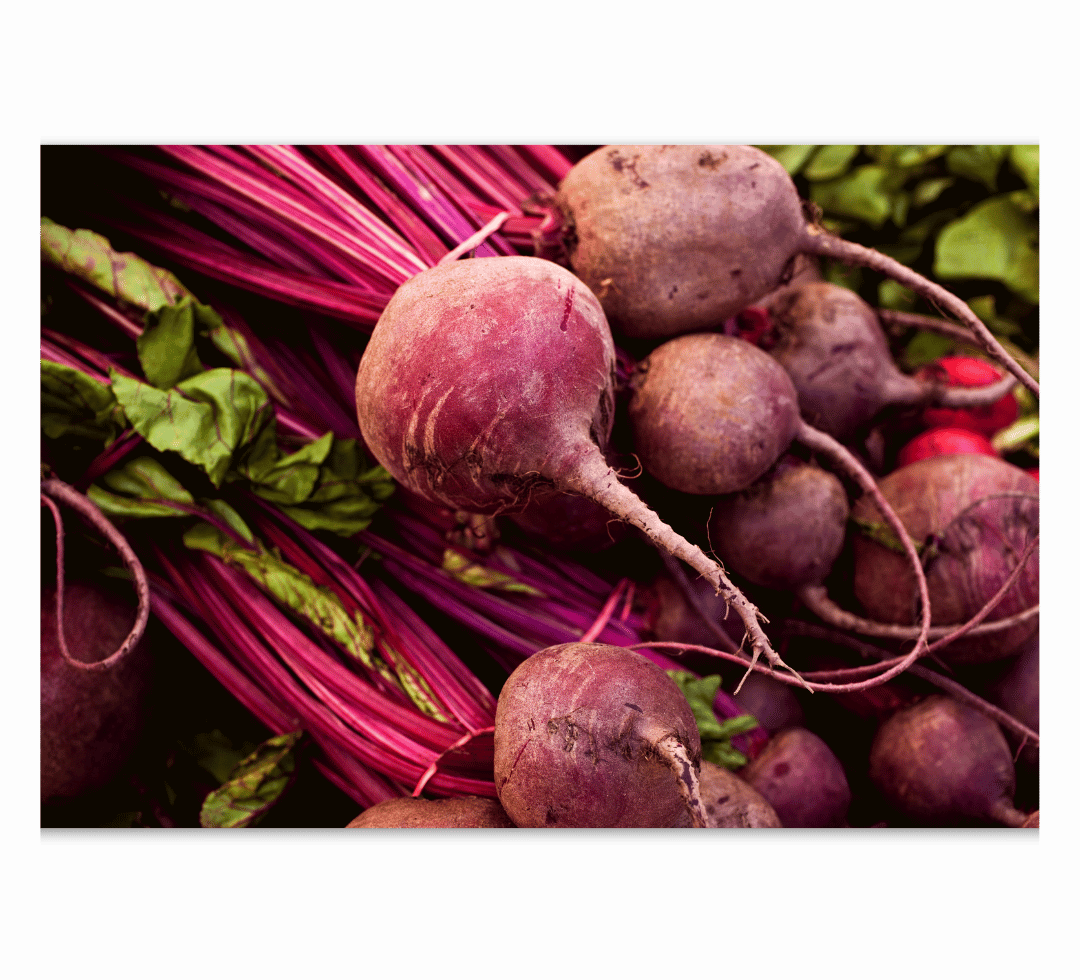
Spinach
Risks: Spinach contains oxalates that may contribute to kidney stones and hinder calcium absorption.
Solution:
Lightly steaming spinach before consuming can reduce oxalate levels while still preserving its nutrients.
Pair it with vitamin C-rich foods like lemon juice or bell peppers to enhance iron absorption.
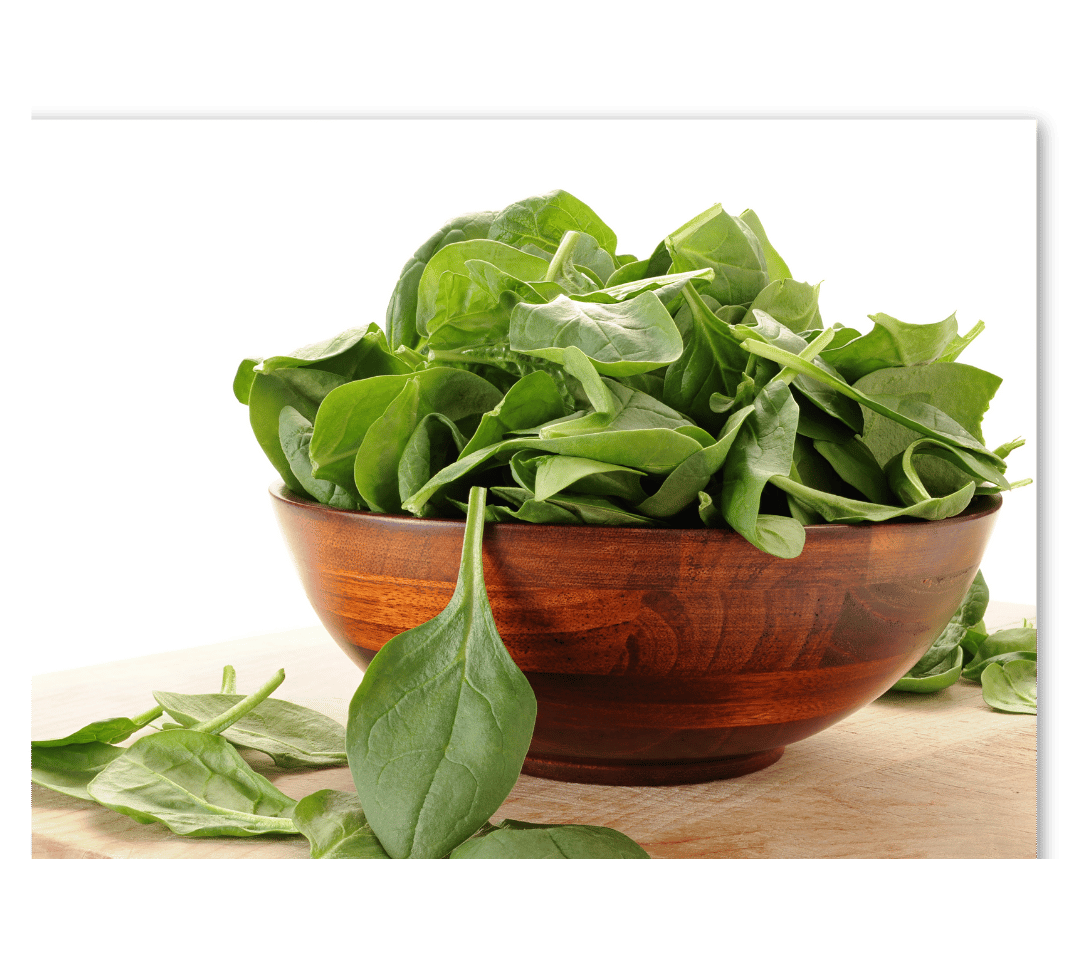
Mushrooms
Risks: Non-organic mushrooms can absorb toxins from their environment.
Solution:
Always choose organic mushrooms and ensure they’re cooked thoroughly before consumption.
Cooking helps break down any potentially harmful substances and makes nutrients more accessible for absorption.
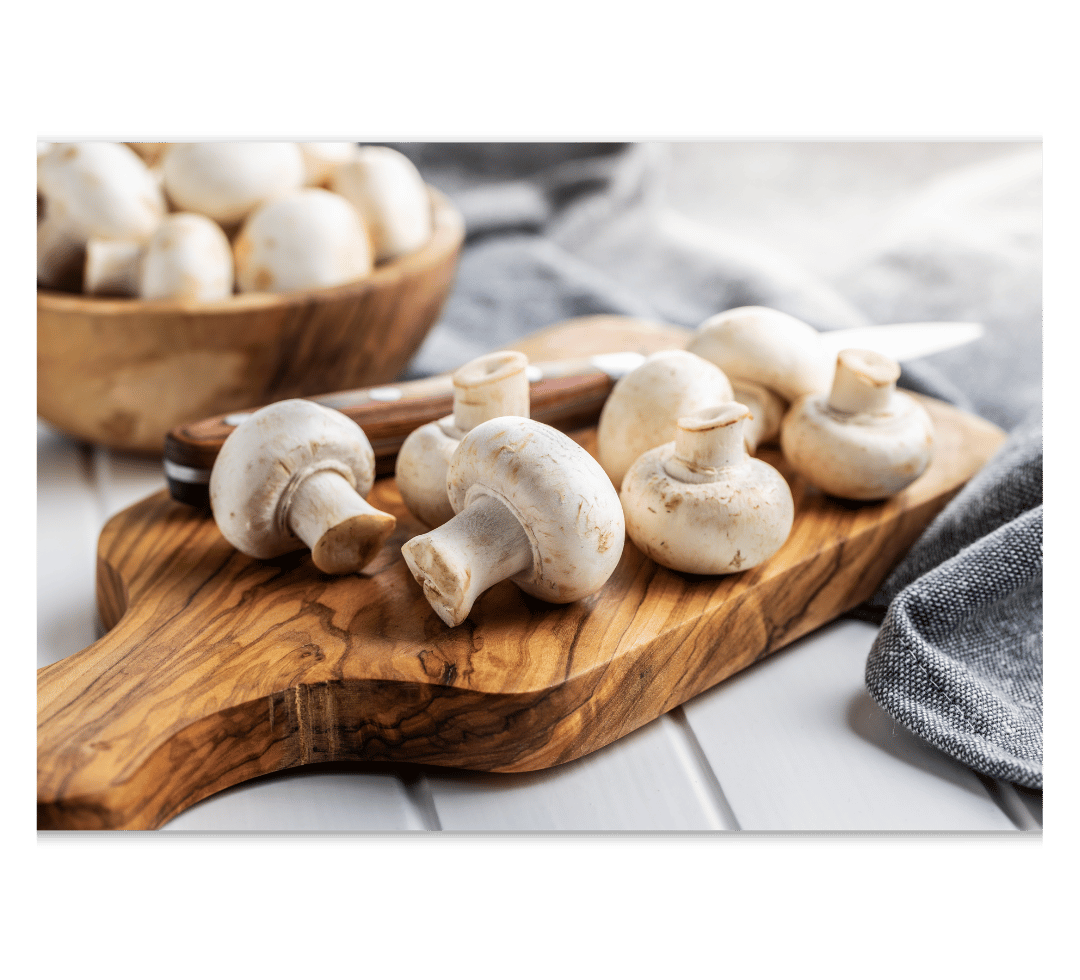
Carrots
Risks: While nutritious, carrots' natural sugars can lead to blood sugar spikes if consumed excessively.
Solution:
Try pairing raw carrots with healthy fats like hummus or nut butter to slow digestion and stabilize blood sugar levels while still enjoying their crunch.
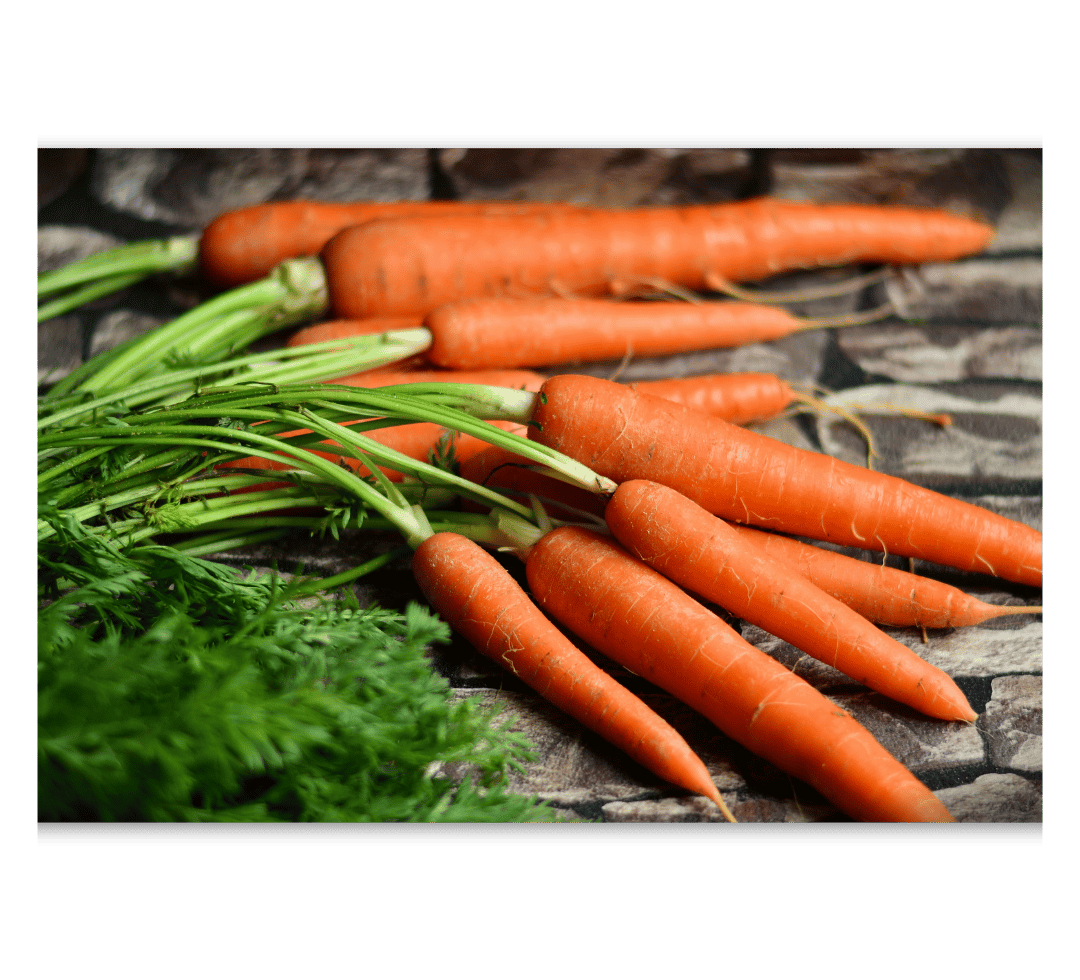
Bell Peppers
Risks: While they contain vital nutrients, bell peppers belong to the nightshade family which may trigger inflammation in sensitive individuals.
Solution:
Opt for organic bell peppers and consider cooking them lightly—grilling or roasting can enhance their flavor while reducing potential inflammatory effects.
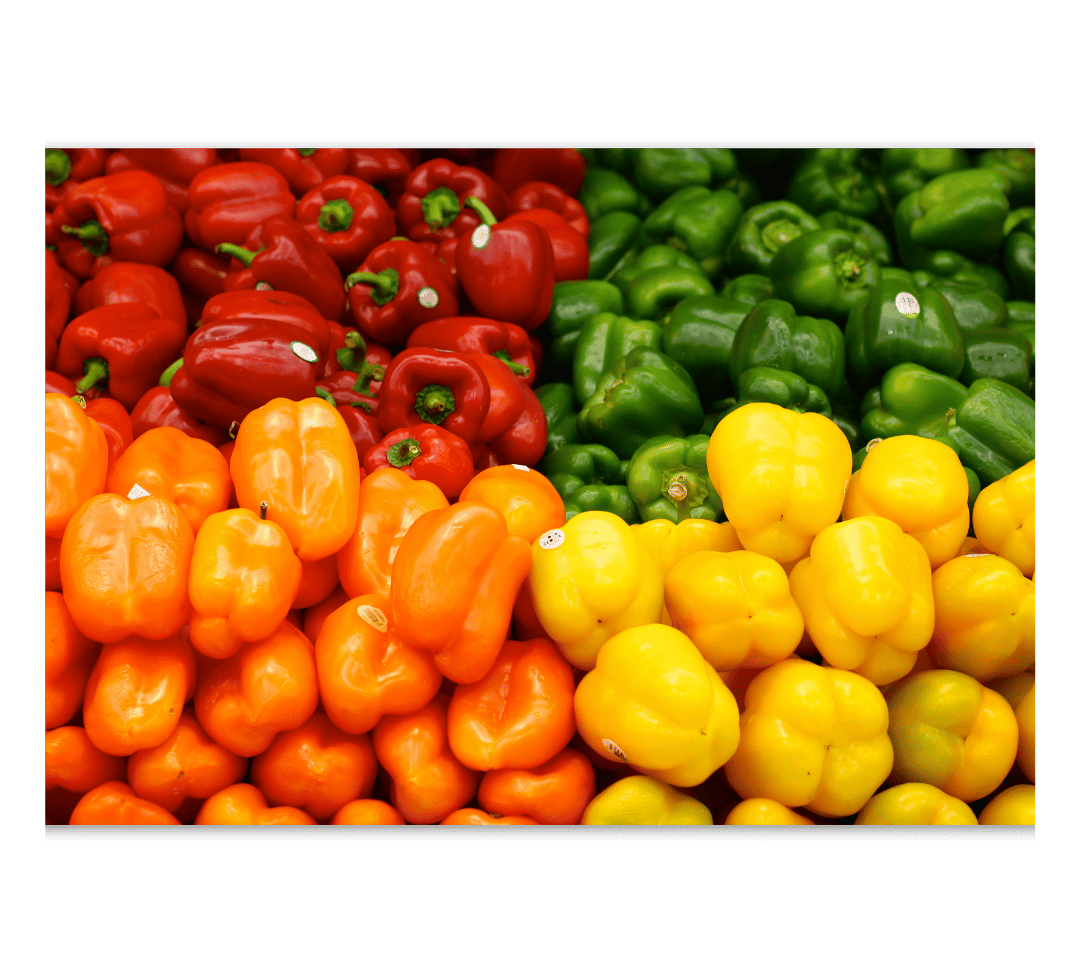
Cabbage
Risks: Raw cabbage may cause digestive discomfort in some people due to its cruciferous nature.
Solution:
Ferment cabbage into sauerkraut or kimchi; this not only enhances its digestibility but also boosts beneficial probiotics that support gut health.
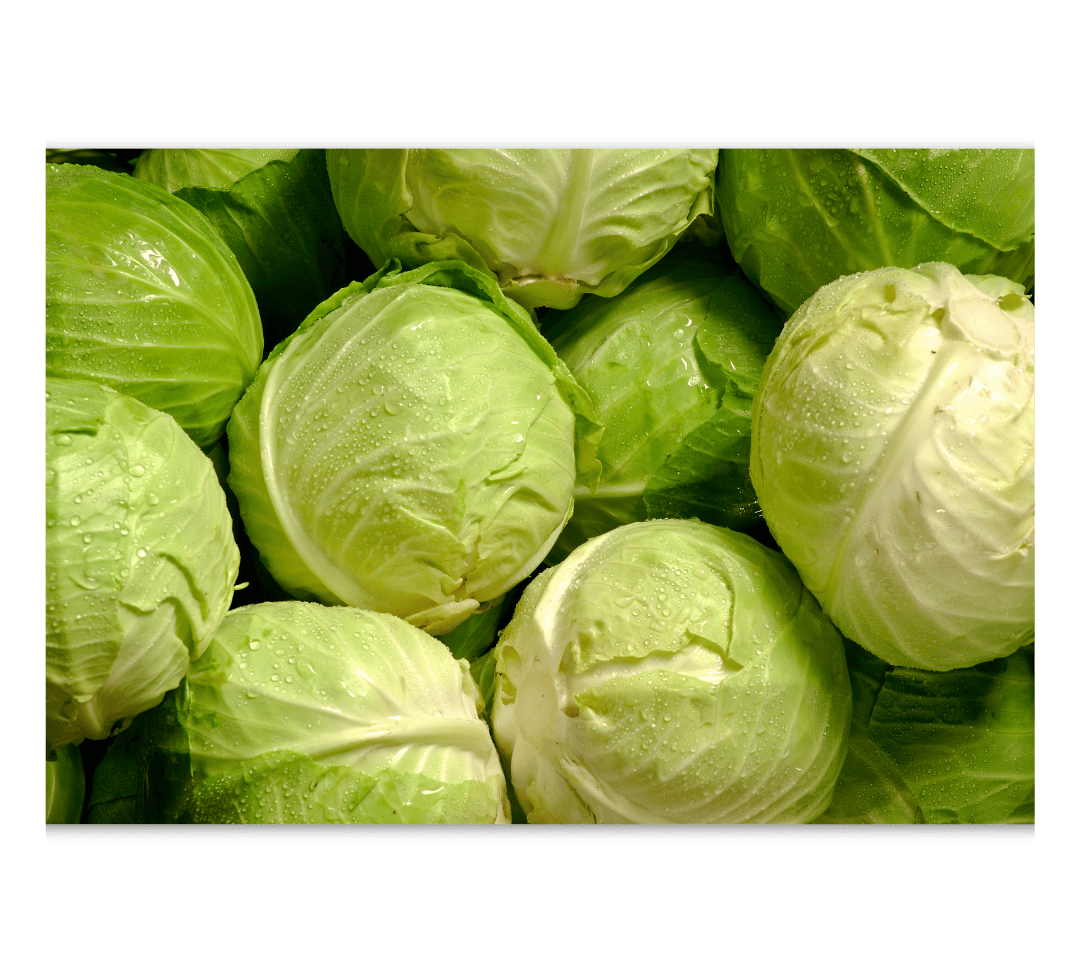
Zucchini
Risks: Zucchini can carry pesticide residues and has a high water content that reduces its overall nutrient density compared to other veggies.
Solution:
Opt for organic zucchini when possible and consider spiralizing or grilling it for added flavor; pairing it with protein-rich foods can enhance its overall nutritional value.
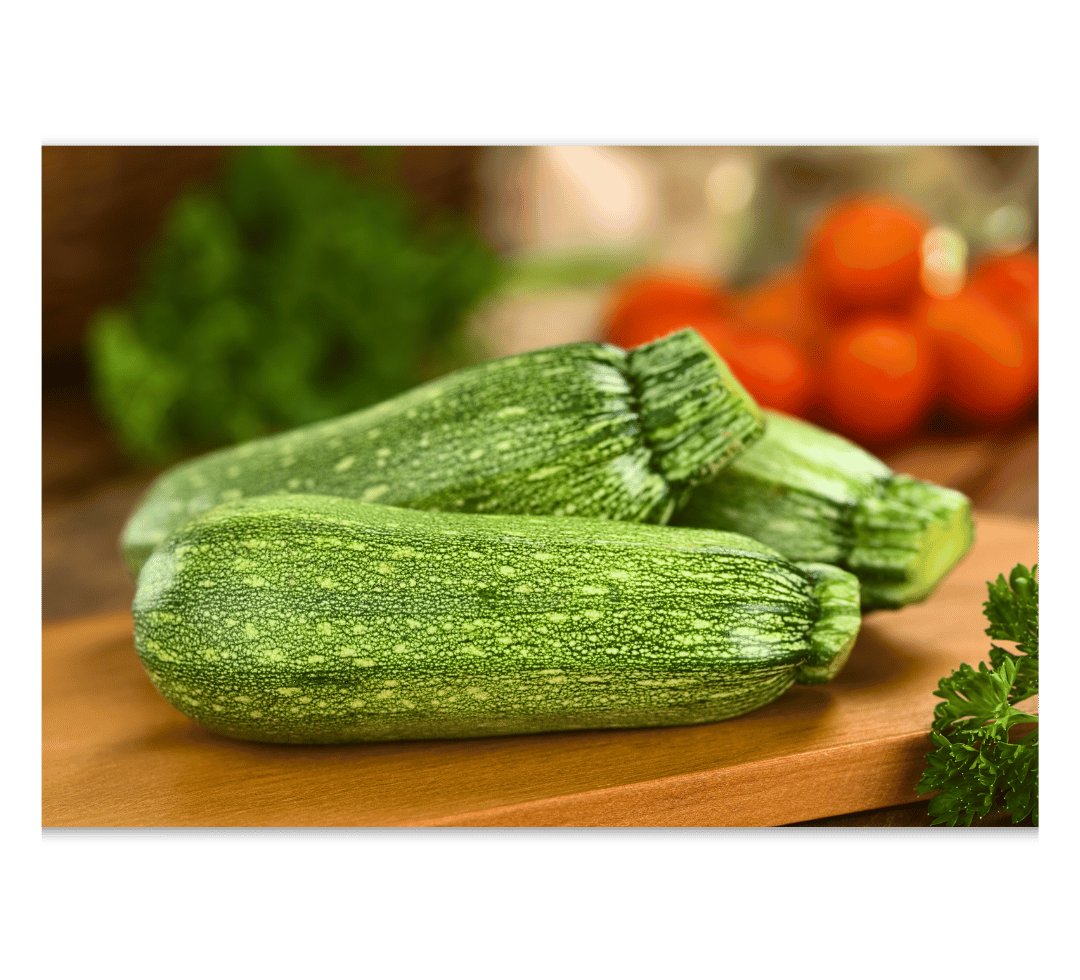
Now that we've highlighted these vegetables and their solutions, what’s the takeaway?
AWARENESS IS KEY!
By understanding how each vegetable can impact your health—and learning effective preparation methods, you empower yourself with knowledge that leads to better choices for your body.